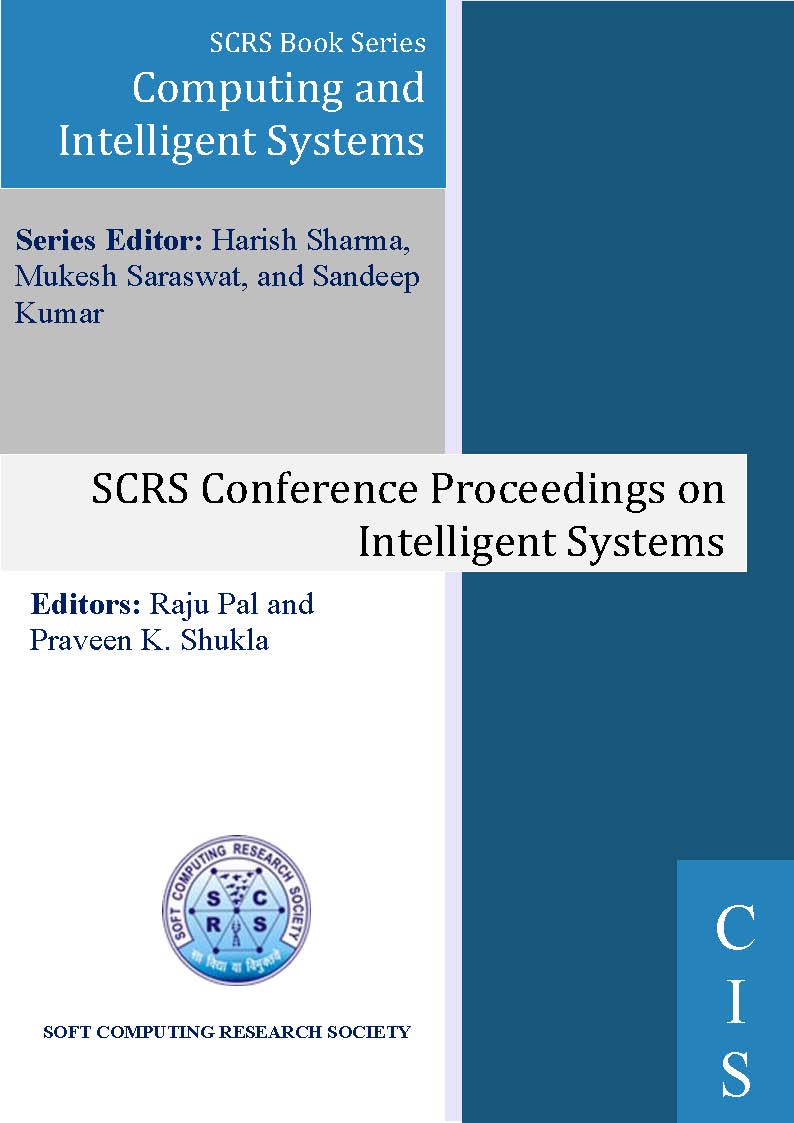
Implementation of Edge Detection Process by using Supervised Convolution Neural Network
Authors: M Jansirani and P Sumitra
Publishing Date: 09-09-2022
ISBN: 978-81-955020-5-9
Abstract
Edge detection is important in digital image processing because it contains essential information that is needed to process the specific application requirement. The feature detection and characteristic extraction processes are both directly influenced by the edge detection procedure. The image quality is determined by the retrieved edges and features. To derive the edge characteristics, several current techniques such as Canny, Laplacian of Gaussian, Prewitt, Zero-Crossing, Roberts, and Sobel are commonly used. However, when the amount of the dataset grows, this strategy requires a lot of computing time. The high running suggests that edge detection approaches have an impact on the overall efficiency of picture analysis. To address these challenges, this paper introduces an edge detection technique combined with machine learning algorithms. To reduce computing complexity, a supervised convolution neural network is used in conjunction with the edge detection procedure. The neural network employs automatic learning functions and pre-training patterns to anticipate edge-related features with minimal effort. The fully convoluted layer and max-pooling function are used in the convolution network to reduce unnecessary features and forecast edges with the highest detection accuracy. Edge prediction deviations are minimized during this procedure by back propagating the incorrect value to the preceding layer, which improves the overall recognition rate. The system's efficiency is then calculated using the MATLAB tool, along with the appropriate performance measures.
Keywords
Image processing, Edge detection, Supervised convolution neural networks, Computation complexity, Fully connected layer and max-pooling function.
Cite as
M Jansirani and P Sumitra, "Implementation of Edge Detection Process by using Supervised Convolution Neural Network", In: Saroj Hiranwal and Garima Mathur (eds), Artificial Intelligence and Communication Technologies, SCRS, India, 2022, pp. 275-281. https://doi.org/10.52458/978-81-955020-5-9-28